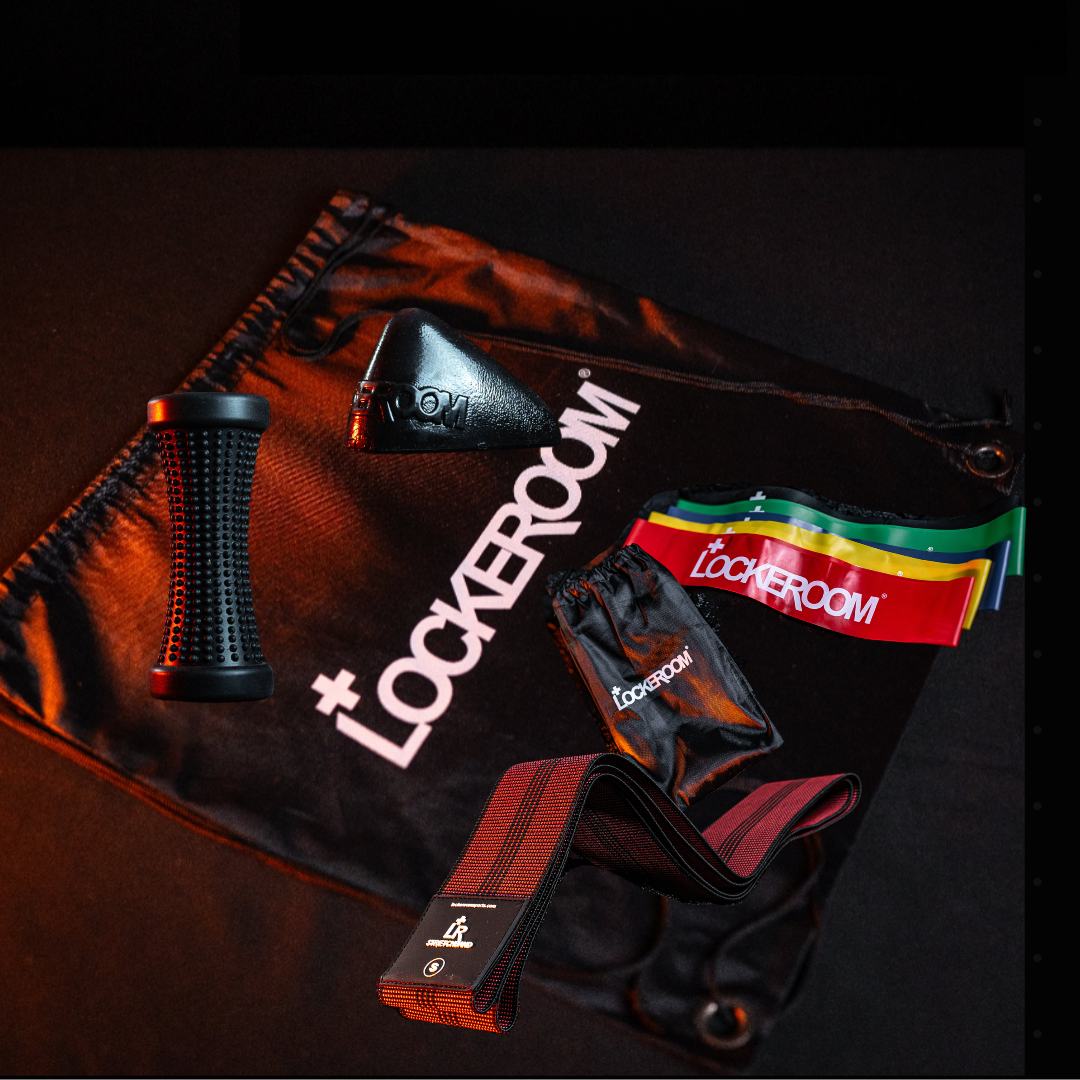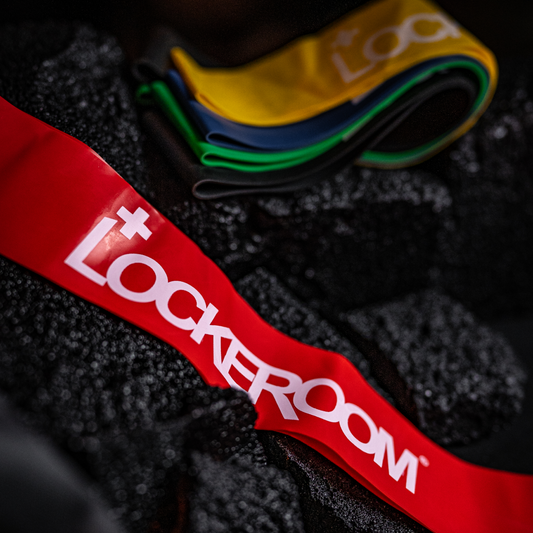
Q&A with Cam
Learn what might be behind your symptoms
How often do patients have ITB issues and what are they related to?
Some issues with the iliotibial band (ITB) include "snapping hip," where the ITB crosses the lateral hip (greater trochanter), causing a clicking sensation.
Another common condition is ITB friction syndrome, a non-traumatic overuse injury that presents as lateral knee pain, particularly among running athletes. This syndrome often results from repetitive knee flexion and extension, exacerbated by sudden increases in running activity such as distance, intensity, or changes in terrain like hills. The ITB becomes tight, irritated, or inflamed, leading to painful friction on the outside of the knee during bending.
Contributing factors include poor foot mechanics, such as inappropriate or worn-out shoes, foot pronation, a stiff midfoot, and limited ankle dorsiflexion, as well as abrupt increases in running load or intensity.
To address mechanics, identify and improve deficient lumbo-pelvic stability, hip mobility, and core strength, which may require consultation with a therapist.
What is the best way to manage ITB issues?
The #1 management strategy always involves reducing pain. Applying Ice with an Ice Mate and local compression with a compression sleeve for swelling is always effective.
For localized management of ITB issues, start by using a roller, such as the Footeez, to release ITB tightness.
Reduce muscle tightness in the ITB and glutes with a trigger tool like the Pocket Physio Max.
Incorporate resistance Mini band exercises to strengthen the glutes which supports or improves pelvic control during running..
Stretch Quads and ITB using a Stretchband to improve flexibility.
At the same time it is important to correct foot mechanics through appropriate footwear or consultation with a podiatrist.
Is it possible to tear your ITB?
Traumatic injuries to the iliotibial band are rare but can include proximal tears, which may be degenerative.
Direct trauma from contusions, most commonly occurs in contact sports and will impact the function of the vastus lateralis.
What is the expected RTP (Return to Play) timeframe for ITB injuries?
Management of ITB Friction injuries can be difficult.
Many runners ignore the signs of ITB tightness until it's too late ie They have to stop running completely.
Often after a very long run (Marathon) where a participant has completely ignored early ITB signs, they will present (seek treatment) and have difficulty even walking. This group can take months to settle.
In most cases, those with less severe symptoms who present early will be able to continue modified training, as part of their recovery strategy.













